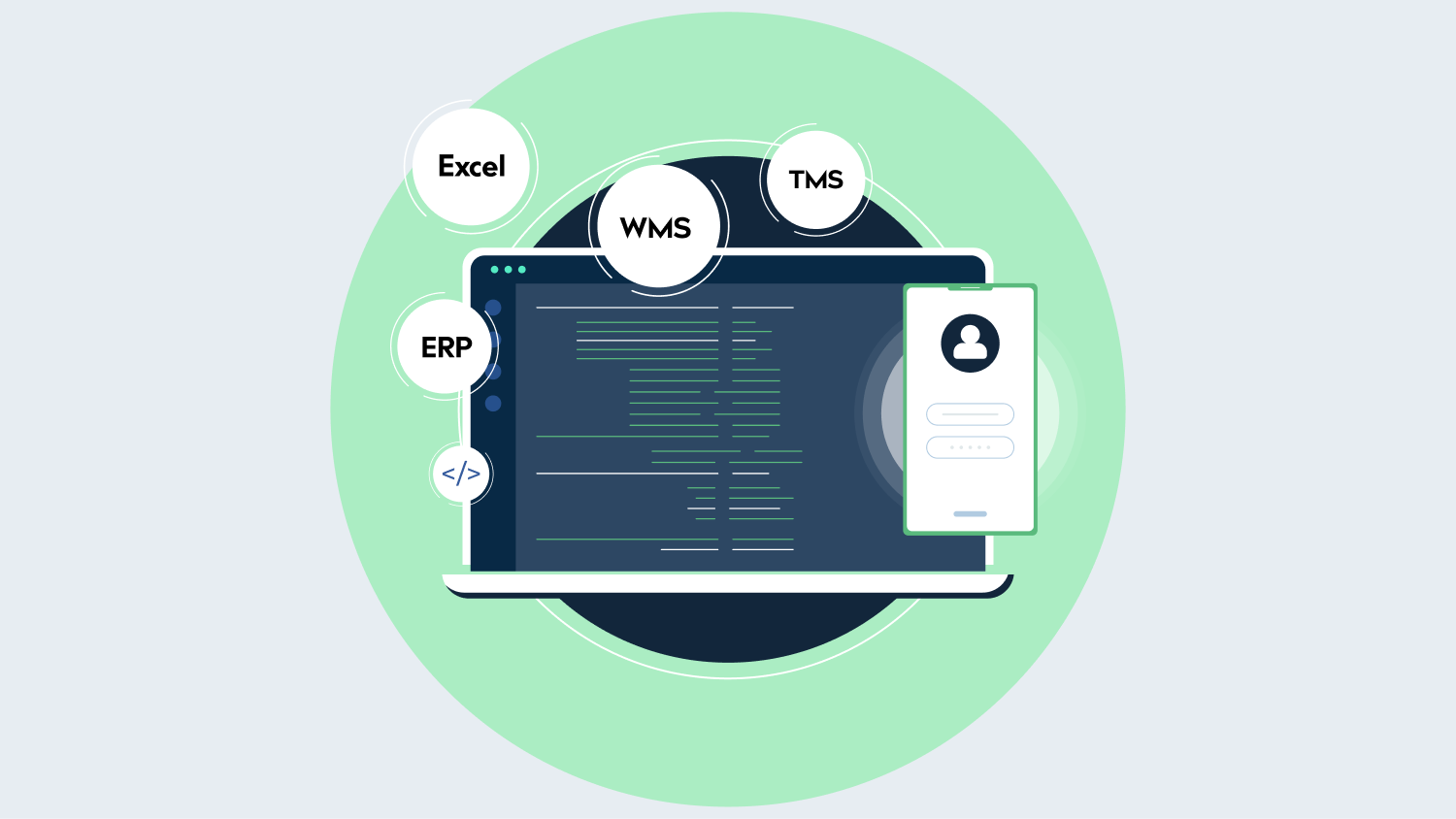Introduction
Seasonal shifts don’t just test your supply chain—they expose its weak points. Demand spikes, erratic lead times, and sudden capacity crunches turn what should be a revenue surge into a logistical nightmare. The root problem? A rigid or misaligned network design that can’t flex when it matters most.
Take holiday rushes or back-to-school spikes: if your warehouses, carriers, and inventory flow aren’t configured to scale up (and down) efficiently, you’re either hemorrhaging cash on overstock or losing sales to stockouts. As highlighted by TOC Logistics, seasonal volatility doesn’t just strain logistics—it magnifies every inefficiency in your network.
The fix? Treat your supply chain like a dynamic system, not a static one. Supply Chain Network Design (SCND) aligns your infrastructure, inventory, and labor with seasonal rhythms—before they hit. The payoff? Fewer fire drills, lower costs, and customers who actually get their orders on time.
Bottom line: If your network can’t adapt, it’s costing you. Flexibility isn’t optional—it’s how you turn seasonal chaos into competitive advantage.
Common Seasonal Supply Chain Challenges
Seasonal demand spikes don’t play nice with static supply chains. When Black Friday hits or back-to-school shopping surges, networks built for “average” days buckle under the pressure. Warehouses max out, trucks get scarce, and suddenly you’re stuck choosing between overstock waste or empty shelves.
The core issue? Rigid infrastructure. Fixed routing, inflexible carrier contracts, and distribution nodes that can’t scale up fast enough turn peak seasons into fire drills. And let’s not forget labor—finding extra hands when everyone else is scrambling is like trying to hail a cab in a rainstorm.
Poor forecasting makes it worse. Underestimate demand, and you’re stuck with angry customers. Overestimate, and you’re drowning in dead stock. As ToolsGroup notes, seasonal inventory requires a tightrope walk between availability and excess—one misstep hits margins hard.
Bottom line: If your network can’t flex, peak seasons will keep feeling like a crisis, not an opportunity. Time to rethink the design.
Reference: Seasonal Inventory and 7 Ways to Manage It | ToolsGroup
Role of Supply Chain Network Design
Seasonal chaos doesn’t have to mean scrambling for last-minute fixes. A well-designed supply chain network turns volatility into a manageable rhythm—like swapping out a rigid monorail for a dynamic highway system.
First, it’s about alignment. Static networks crumble under holiday rushes or monsoon-driven delays, but a strategic design syncs distribution nodes, transit lanes, and inventory tiers with seasonal cycles. Think of it as pre-setting traps for demand spikes before they hit. Sophus’s research on Distribution Network Design shows how multi-echelon setups slash stockouts by 30% during peaks—no magic, just math.
Also Read: Sophus’s Distribution Network Design
Then there’s scenario modeling. Run simulations for Black Friday surges or back-to-school crunches. Test where to flex warehouse capacity, when to reroute shipments, or which carriers to contract temporarily. Network design isn’t a crystal ball, but it’s the next best thing: a stress-test lab for your supply chain.
Finally, agility. A smart design lets you toggle nodes on/off like lights—scaling up pop-up DCs in high-demand regions or throttling down slow-season routes. No more paying for year-round capacity you only need for 12 weeks.
Bottom line? Design isn’t just infrastructure. It’s your playbook for making seasonality predictable.
Tactical Planning for Seasonal Variability
Seasonal demand doesn’t have to mean chaos—if you plan tactically. The key? Build flexibility into your network before the surge hits.
Start with short-term capacity buffers in high-velocity zones—think pop-up warehouses or temporary cross-docks near demand hotspots. These act as pressure valves when your primary nodes max out. Next, ditch rigid single-channel models. Instead, lean into omni-channel network design, which lets you dynamically shift inventory between fulfillment paths (retail, e-commerce, dropship) based on real-time demand signals.
Pre-positioning is another game-changer. Use tactical fulfillment zoning to stage inventory closer to anticipated demand spikes before they happen—like moving holiday stock to regional DCs in Q3. And don’t overlook 3PLs and micro-fulfillment centers. As highlighted in Sophus’s omni-channel modeling guide, these partners can plug gaps during peaks without long-term overhead.
Also Read: Sophus’s omni-channel modeling
Bottom line: Seasonal swings aren’t surprises—they’re predictable. Your network shouldn’t treat them like emergencies.
Technology Strategies to Handle Seasonal Peaks
Peak seasons don’t have to mean chaos—if you’ve got the right tech in place. Digital twins, for example, let you simulate demand surges before they hit, stress-testing your network without real-world fallout. Run “what-if” scenarios on holiday volumes, promo spikes, or even sudden weather disruptions. No guesswork, just data-backed prep.
Then there’s real-time visibility. AI-driven tools adjust labor shifts and warehouse slotting on the fly, so you’re not stuck with idle workers during lulls or scrambling when orders explode. Dynamic routing tech reroutes shipments around bottlenecks, while predictive demand signals help frontline teams scale up (or down) faster.
For high-velocity zones, automation is a game-changer. As Exotec notes, robotic micro-fulfillment and automated storage systems can slash seasonal labor dependency—critical when temps are in short supply. The goal? Tech that flexes with demand, not against it.
Reference: 5 Strategies for Seasonal Warehousing | Exotec
Real-World Optimization Tactics
Seasonal demand doesn’t care about your spreadsheets—it just hits. The difference between scrambling and scaling smoothly? Tactical optimizations baked into your network design.
Start by tracking surge-specific KPIs—not just the usual suspects. Measure forecasting reliability (how often your predictions match actual spikes) and peak-cycle fulfillment times. If your network can’t flex when it matters, you’re just guessing.
Next, evaluate temporary distribution centers during network planning. Not every node needs to be permanent. As highlighted by Atomix Logistics, pop-up DCs in high-demand regions can slash lead times without long-term overhead. Think of them as seasonal shock absorbers.
Then, cluster demand by region instead of treating all markets the same. Some areas spike earlier or harder—align inventory flow accordingly. And pivot your design philosophy: optimize for fulfillment speed, not just cost. A dollar saved in off-season storage won’t matter if you’re air-freighting stock during Black Friday.
Bottom line? Seasonal agility isn’t about heroic last-minute fixes. It’s about designing a network that expects the storm—and has the right tools to ride it out.
Best Practices for Network Resilience in Peak Seasons
Peak seasons don’t have to mean peak chaos. The difference between scrambling and scaling smoothly comes down to how you structure your network. Here’s how to build resilience without overengineering:
Modularity beats rigidity. Design your network like LEGO—swappable, scalable nodes that can handle surges without a full redesign. Temporary pop-up DCs, flexible warehouse leases, or even shared-space agreements let you flex capacity when needed.
Contracts should bend, not break. Locking into fixed terms with 3PLs or carriers is a surefire way to bleed cash during lulls and choke during spikes. Negotiate tiered pricing, overflow clauses, and dynamic labor agreements. As highlighted in Seven Strategies for Adapting Warehouses, the right contract terms can turn seasonal scaling from a crisis into a checkbox.
Phase your firepower. Not every node needs to surge at once. Identify your high-impact hubs (e.g., coastal ports for holiday imports, inland cross-docks for last-mile speed) and prioritize scaling labor, automation, or temp space there first.
Communicate like it’s a sport. Siloed teams kill agility. Embed operations, procurement, and logistics in a daily huddle during peak cycles—real-time adjustments beat post-mortem lessons.
Bottom line? Resilience isn’t about brute-forcing capacity. It’s about designing a network that breathes with demand.
Conclusion
Seasonal chaos doesn’t have to be inevitable. With the right Supply Chain Network Design, you’re not just reacting to demand spikes—you’re outmaneuvering them. Think of it as turning your supply chain into a dynamic, shape-shifting asset instead of a rigid liability.
The key? Proactive planning beats firefighting every time. Build seasonal adjustments into your network’s DNA—whether it’s temporary DCs, flexible 3PL partnerships, or AI-driven demand clustering. As Sophus highlights, the best networks aren’t just optimized for cost; they’re engineered for repeatable resilience.
Quick Link: What is Supply Chain Network Design and Optimisation?
Bottom line: Stop treating peaks as emergencies. With the right design, analytics, and agility, seasonal swings become just another operational rhythm—not a crisis.
FAQs
1. How can network design help with unpredictable seasonal demand?
A well-structured supply chain network design isn’t just about moving goods—it’s about building in flexibility. By modeling multiple demand scenarios (holiday rushes, weather disruptions, etc.), you can pre-map alternate routes, temporary storage nodes, and scalable labor plans. Think of it as having a playbook for chaos.
2. What tools enable real-time supply chain response during peak periods?
AI-driven dynamic routing tools, digital twins for scenario testing, and omni-channel demand allocation platforms are game-changers. For example, Exotec’s seasonal warehousing strategies highlight how automation and real-time slotting adjustments keep fulfillment agile when volumes spike.
3. Which network elements are most critical for seasonal agility?
Focus on modular distribution centers, flexible carrier contracts, and inventory clustering near high-demand zones. The ability to quickly activate (or deactivate) nodes and reroute flows separates resilient networks from those that buckle under pressure. Short, sharp, and actionable—just like your peak-season response should be.









